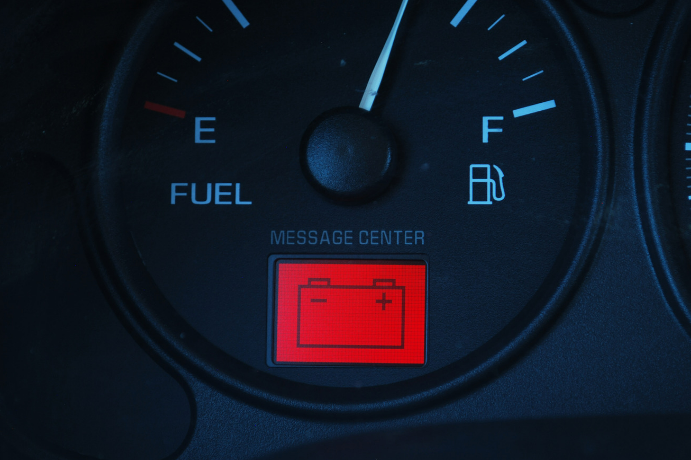Menu
Menu


Updated on Feb 2, 2024 | 6 min read
Connect with 1C for expert advice on EV chargers
Connect with 1C for expert advice on EV chargers
When an EV battery reaches 0%, its performance declines until it stops. The vehicle enters a low-power or “limp” mode, where it can no longer operate. This is what happens when an EV battery hits 0%:
1. Reduced Performance: If the battery faces 0% charging more frequently it reduces the battery capacity. As in the mobile phones if we discharge battery until it reaches 0% or gets switched off the next time we charge it, it depletes faster than before, same happens with EV battery.
2. Limited Functionality: Some EVs may deactivate certain features or systems to conserve remaining battery power. This can include reducing heating or air conditioning functions, limiting power to non-essential accessories, or dimming interior lights.
3. Warning Indications: Most EVs have warning systems that alert drivers when the battery charge is low. These warnings may appear on the instrument cluster or infotainment display, indicating that the battery is nearing depletion and urging the driver to find a charging station.
4. Reduced Range: The vehicle’s estimated range decreases as the battery charge approaches 0%. Drivers should pay close attention to range estimates and plan their routes to avoid running out of power before reaching a charging station.
5. Complete Shutdown: When the battery charge reaches 0%, the EV will come to a complete stop. To prevent further battery depletion or damage, the vehicle enters a “safe mode” or “power-off” state. The driver must pull over safely and call for assistance, as the vehicle cannot be restarted without recharging the battery.
When an electric vehicle battery degrades over time, its performance gradually diminishes before reaching a point where the vehicle stops working entirely. This degradation is noticeable as the battery’s capacity decreases by 20 to 30% at the end of its service life. As the battery deteriorates with each charge-discharge cycle, it becomes unsuitable for powering the vehicle. If the battery dies while driving, the car will gradually slow down and stop, necessitating attention and roadside assistance.
© 2024 Massive Mobility Private Limited. All rights Reserved